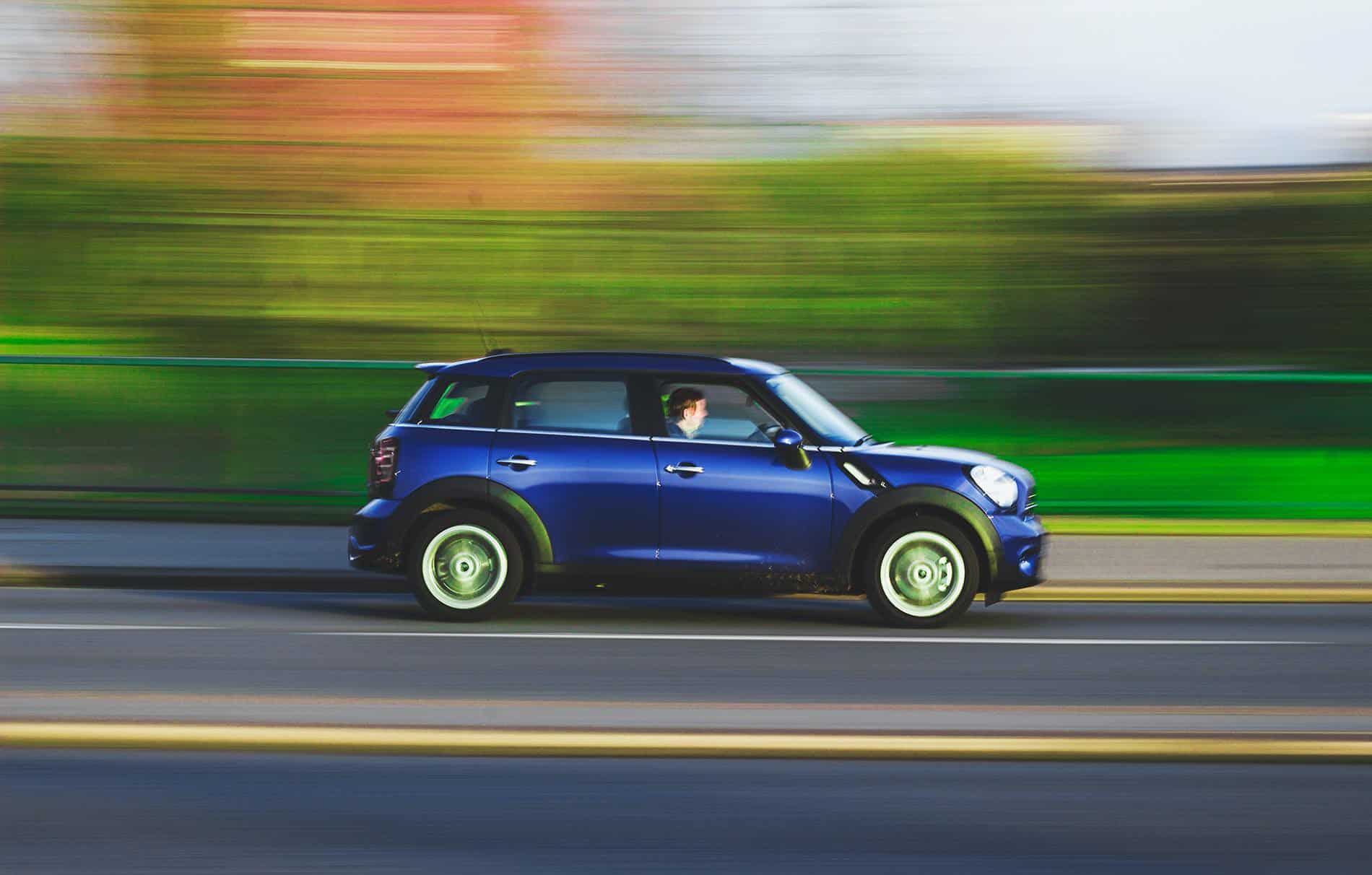
Speeding vehicles in personal injury claims
We all know that driving a vehicle too fast could result in a collision where someone is injured. A very small increase in speed could mean the difference between a crash not happening at all and someone being seriously hurt or killed. Quite simply the higher the speed, the longer it takes to stop, the harder the force of the impact and the greater the risk of injury or death.
In a recent survey carried out by road safety charity, Brake, over one quarter of male drivers have driven over 100mph and one in three drivers have been in a vehicle exceeding 100mph on the road. The stopping distance at this speed is approximately 182 metres or two football pitches.
Brake’s analysis of Government data found that there are on average 11 deaths or serious injuries every day on UK roads where speed is identified by police as a contributory factor. In personal injury claims, the speed of those involved in collisions could determine who is to blame.
A speeding defendant
Where a person is injured by a speeding defendant, this may serve as persuasive evidence that blame for the incident should rest with them. The claimant’s injuries may not have been so severe or the collision may not have even occurred at all had the defendant been driving at an appropriate speed.
In order to establish whether a Defendant was speeding, a variety of potential evidence should be located and considered. Potential sources of evidence include collision reports prepared by the police, statements taken from witnesses, CCTV, dash cam footage, photos of the scene, skid marks on the road and electronic data taken from the vehicles.
Depending on the severity of the claimant’s injuries and the defendant’s stance on liability, it may be proportionate when making a personal injury claim to instruct a collision investigator to report on the likely speeds of the parties and who was at fault. This could be used as a negotiating tool and later would be considered by a judge at trial.
A speeding claimant
If an injured person was speeding prior to a crash, some of the blame for the incident could rest with them. For example, a defendant driver may have pulled out of a side road into the path of a speeding claimant riding a motorcycle. The fact that the claimant was speeding may not necessary prevent them from bringing a claim for any injuries suffered.
In this type of scenario, a judge would look at the causative potency of each of the parties’ actions. This is essentially their blameworthiness. If the defendant failed to give way and pulled out of the junction when it was unsafe to do so, primary liability for the collision is likely to still rest with them. However, the speeding claimant may incur a percentage deduction from their compensation for what is known as contributory negligence. Had the claimant not be speeding, their injuries and losses may not have been so severe.
Defendants often allege that claimants contributed to collisions by speeding. However, the evidential burden will be on them to prove it.
Ultimately, each case will turn on its own facts. It is important for injured people to instruct an experienced and reputable firm of solicitors who can investigate their claim, gather all of the necessary evidence and put their best case forward to ensure maximum compensation. Injured people will invariably rather have never been involved in a crash in the first place, so drivers please adhere to speed limits and do not travel too fast for the road conditions.










